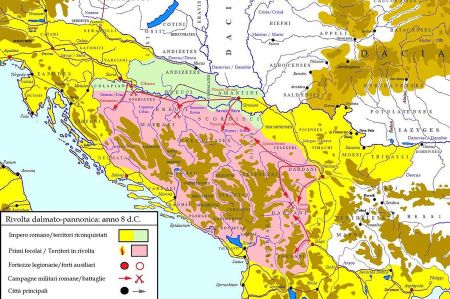Who were the Illyrians - ethnic groups in the Balkans
- Written by Portal Editor
Even in ancient times, the name "Illyrians" was a term that was used by various historians and historians when it came to classifying certain ethnic groups in the Balkans.
From today's perspective, one can even say that the number of tribes that were counted as the Illyrians increased as the Greeks explored the Adriatic.
Illyrians on the Adriatic coast of the Balkans
 They were first mentioned in writing by Hecataeus of Miletus (5th century BC), who assigned the Japygians, Taulantians, Chelidonians, Sesarethers and Abrians to the Illyrian ethnic group. However, his further knowledge about these tribes is not known. In his Histories, Herodotus names the Illyriōn Enetoí people as neighbours of the Triballi, Dardanians and Macedonians. This localization in the Balkans makes an equation with the northern Italian Venetians less credible and has led to the assumption that Herodotus' Illyrians were just a tribe of the Macedonians.
They were first mentioned in writing by Hecataeus of Miletus (5th century BC), who assigned the Japygians, Taulantians, Chelidonians, Sesarethers and Abrians to the Illyrian ethnic group. However, his further knowledge about these tribes is not known. In his Histories, Herodotus names the Illyriōn Enetoí people as neighbours of the Triballi, Dardanians and Macedonians. This localization in the Balkans makes an equation with the northern Italian Venetians less credible and has led to the assumption that Herodotus' Illyrians were just a tribe of the Macedonians.
The definition of the Illyrians as a people on the Adriatic coast in the Balkans, whose neighbours were the Liburnians to the north and the Chaonians to the south, was valid in the Greek cultural area until the time of the Roman conquest, and the historical work of Skymnos (2nd century BC). . BC) holds it that way. In order to counteract the generalization, Pomponius Mela and Pliny the Elder (in his naturalis historia) recommend that only the “Illyrii proprie dicti” (Illyrians in the narrower sense) be referred to as Illyrians.
Settlement areas of the Illyrians in the Balkans
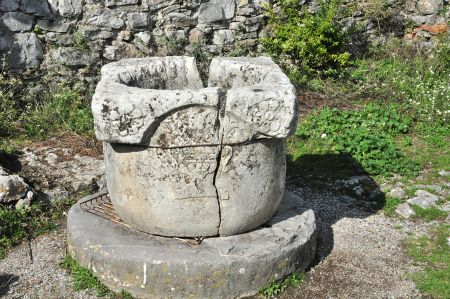 The Illyrians were a group of tribes that lived in ancient times on the western and northwestern Balkan peninsula and in southeastern Italy, i.e. on the Adriatic coast and the associated hinterland. The settlement area of the Illyrians in the Balkans is also referred to as Illyria in ancient Greek and Roman historiography.
The Illyrians were a group of tribes that lived in ancient times on the western and northwestern Balkan peninsula and in southeastern Italy, i.e. on the Adriatic coast and the associated hinterland. The settlement area of the Illyrians in the Balkans is also referred to as Illyria in ancient Greek and Roman historiography.
Depending on the regional conditions, livestock breeding or agriculture formed the economic basis of the Iron Age inhabitants of Illyria. At the turn of the 2nd and 1st millennium BC. The pastoral cultures still dominated in the 4th century BC. Little changed in the mountainous areas of the Western Balkans, while agricultural cultivation prevailed in the plains. Iron Age Illyrian society was divided into clan and family groups. Grave finds demonstrate considerable social differences.
Economic and social structure of the Illyrians
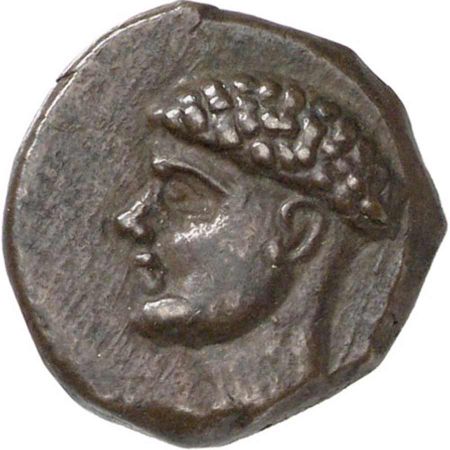 Since the 6th century B.C. In the 4th century BC, Greeks established colonies in the Illyrian settlement area (including Epidamnos, Apollonia and Lissos). Due to the not always peaceful contact with the Greek poleis, the Illyrians adopted Greek cultural elements. Greek luxury goods became prestige goods for the Illyrian elites. Numerous Greek imports were found in the large and richly furnished family burial mounds in the Mat valley (northern Albania) and on Lake Ohrid.
Since the 6th century B.C. In the 4th century BC, Greeks established colonies in the Illyrian settlement area (including Epidamnos, Apollonia and Lissos). Due to the not always peaceful contact with the Greek poleis, the Illyrians adopted Greek cultural elements. Greek luxury goods became prestige goods for the Illyrian elites. Numerous Greek imports were found in the large and richly furnished family burial mounds in the Mat valley (northern Albania) and on Lake Ohrid.
The increased Greek influences are particularly evident in the emergence and expansion of fortified hilltop settlements into urban central locations (such as Byllis and Berat), which was associated with significant changes in the economy and social structure. Urban crafts and trade became more important and the Illyrians now also practiced seafaring on the coasts of the Adriatic (trade and piracy). On the basis of the cities emerged since the 5th century BC. BC smaller principalities. There were also mostly very short-lived empires.
Philip II fighting the Illyrians
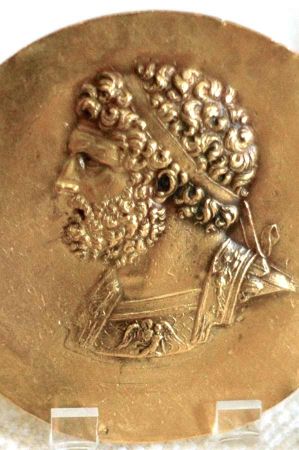 For the 4th century B.C. In the 4th century BC there is increasing written information from Greek historians about the Illyrians. During this time, the Kingdom of Macedonia was often involved in wars with the Illyrians and the Molossians in Epirus. The Macedonian King Perdiccas III. fell in 359 BC. BC in the fight against the Illyrians under their king Bardylis.
For the 4th century B.C. In the 4th century BC there is increasing written information from Greek historians about the Illyrians. During this time, the Kingdom of Macedonia was often involved in wars with the Illyrians and the Molossians in Epirus. The Macedonian King Perdiccas III. fell in 359 BC. BC in the fight against the Illyrians under their king Bardylis.
His successor, King Philip II (359 to 336 BC) was able to decisively defeat the Illyrians. However, they were not incorporated into the empire of Alexander the Great (336 to 323 BC), and in the 3rd century several Illyrian kings (such as Glaukias, Agron and Teuta) were able to establish important regional dominions.
The Illyrians were also notorious as pirates at this time. Therefore, in 230 B.C. In the 4th century BC some Greek colonies in the Adriatic coastal area and on the offshore Dalmatian islands were protected by Rome. In the subsequent First Illyrian War from 229 to 228 BC. In the 4th century BC the Romans established a bridgehead on the Dalmatian coast. During the Second Illyrian War (219 BC), most of the region came under Roman rule. The last Illyrian king Genthios, who resided in Scodra (northern Albania), was killed by the Romans in 168 BC. Defeated and taken prisoner to Rome. The Illyrian territories were divided into satellite states dependent on the Romans.
Romanization of the Illyrian cities
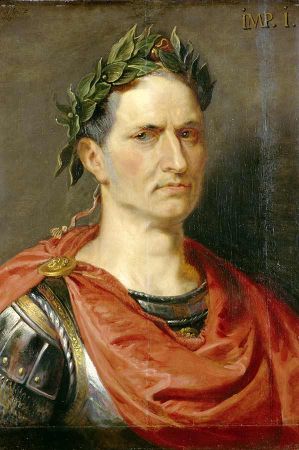 Under Julius Caesar, the Illyrian territory was finally incorporated into the empire as the province of Illyricum. Following a failed uprising (Pannonian Uprising) shortly after the turn of the century, the cities in Illyria began to be intensively Romanized. When the Danube border was reached under Augustus, the provinces of Dalmatia and Pannonia were created. The troops of the late Roman Empire in this region consisted largely of Romanized Illyrians. Several Roman emperors came from Illyria, such as Claudius Gothicus, Aurelian, Probus, Diocletian and Constantine. After the invasion of the Slavs, the Romanized Illyrian population was largely absorbed into the South Slavs over the course of a few centuries or was displaced into remote mountain regions.
Under Julius Caesar, the Illyrian territory was finally incorporated into the empire as the province of Illyricum. Following a failed uprising (Pannonian Uprising) shortly after the turn of the century, the cities in Illyria began to be intensively Romanized. When the Danube border was reached under Augustus, the provinces of Dalmatia and Pannonia were created. The troops of the late Roman Empire in this region consisted largely of Romanized Illyrians. Several Roman emperors came from Illyria, such as Claudius Gothicus, Aurelian, Probus, Diocletian and Constantine. After the invasion of the Slavs, the Romanized Illyrian population was largely absorbed into the South Slavs over the course of a few centuries or was displaced into remote mountain regions.
Please read as well:
Aquileia - floor mosaic in the cathedral
Illyria - passing the empire of the Illyrians on the Balkans
